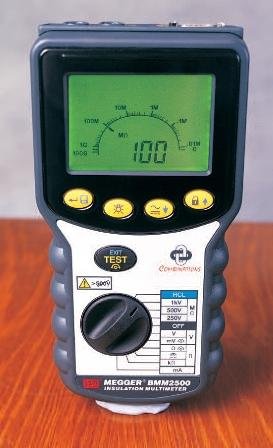jukesy
Senior Member
- Joined
- Mar 10, 2013
- Messages
- 267
- Vessel Name
- LUCKY US
- Vessel Make
- American Tug
Tonight I helped a friend instal an out drive on his searay. The boat is on the hard and when I bumped my arm against is other prop I felt voltage!
I got out my meter and shoved the negative in the dirt and positive to the prop and saw 50 volts ac. My buddy started turning off breakers looking to see it disappear. With everything off but the main it dropped to 22v. Turned off the main and it dropped to 6v. I'm suspecting the shore power plug but could use some guidance. I'm stumped!
Thoughts?
I got out my meter and shoved the negative in the dirt and positive to the prop and saw 50 volts ac. My buddy started turning off breakers looking to see it disappear. With everything off but the main it dropped to 22v. Turned off the main and it dropped to 6v. I'm suspecting the shore power plug but could use some guidance. I'm stumped!
Thoughts?

